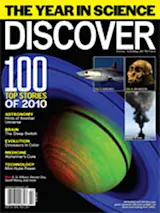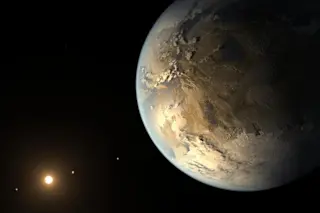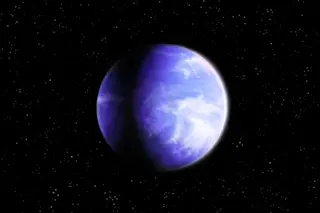The universe is looking a lot less lonely these days, and Geoff Marcy can take a lot of credit for that. An astronomer at the University of California, Berkeley, he is leading the search for exoplanets: worlds that orbit other stars. His research has uncovered many oddities, such as hot Jupiters (gas balls that bake in thousand-degree heat) and backward-orbiting objects, but he also found the first multiplanet system that is roughly analogous to the solar system. Last fall he estimated that, judging from his observations, our galaxy may contain tens of billions of planets roughly the size and mass of Earth. And now, as coinvestigator on NASA’s Kepler space telescope, he is close to finding some of them. In February, Kepler will release its first major set of observations; early word is that the data will include tentative identification of several hundred planets that are just slightly larger than ...
#11: Geoff Marcy Leads the Hunt to Find Planets Like Our Own
Discover how astronomer Geoff Marcy leads the search for exoplanets, identifying Earth-size planets and hot Jupiters with NASA's Kepler.
More on Discover
Stay Curious
SubscribeTo The Magazine
Save up to 40% off the cover price when you subscribe to Discover magazine.
Subscribe














